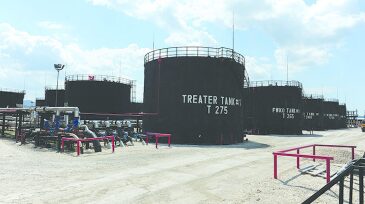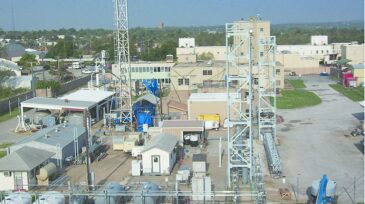heavy oil
-
An even temperature conformance along the length of the horizontal well is key in maximizing steam-assisted-gravity-drainage (SAGD) production rates.
-
Europe’s largest onshore oil field, the Patos-Marinza in southern Albania, has been given a new lease on life after seeing production soar from 600 B/D just over a decade ago to more than 20,000 B/D this year.
-
In the realm of enabling technologies, multiphase flow modeling has proven to be one of the most important to the oil and gas industry. Without it, nearly all subsea wells would be too costly or dangerous to develop.
-
Initially, polymer flooding had not been considered as a viable enhanced-oil-recover (EOR) technology for Pelican Lake in northern Alberta, Canada, because of the high viscosity of the oil until it was considered in combination with horizontal wells.
-
Thermal recovery often causes variations in heavy oil viscosity. Yet viscosity is key to recovery, reserves estimation, and ultimately project success. A correlation for predicting viscosity is presented.
-
Upstream separation processes remain a hot topic for facilities engineers. Striving to design separators with the optimal sizing for a variety of reservoir conditions, increasing water cuts, and dynamic gas/oil/water production characteristics is critical, but challenging.
-
The Papa-Terra field in the Campos basin in Brazil is identified as having an oil interval of 14.6°API in turbidite sandstones.
-
This feature focuses on the development and trial evaluation of selected new technologies to improve recovery, reduce energy use and environmental impacts, and enhance the overall economics of in-situ extraction of heavy-oil and bitumen resources.
-
This paper presents a concept for recovery in Canadian oil sands that uses water injection to condition a reservoir interval sufficiently to relieve the overburden stress on the oil sand and increase its porosity and permeability.
-
To increase the production of a heavy-oil reservoir offshore Congo, a study of DHEH applications has been carried out with encouraging results.










